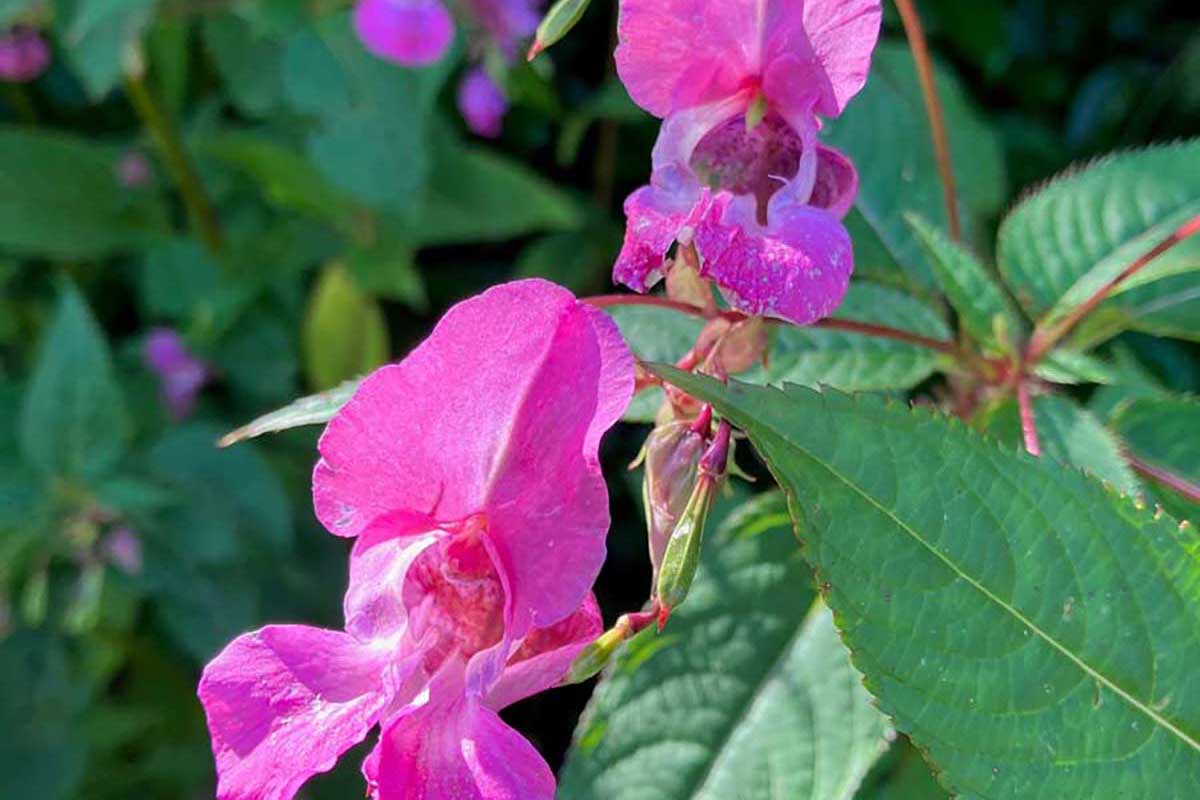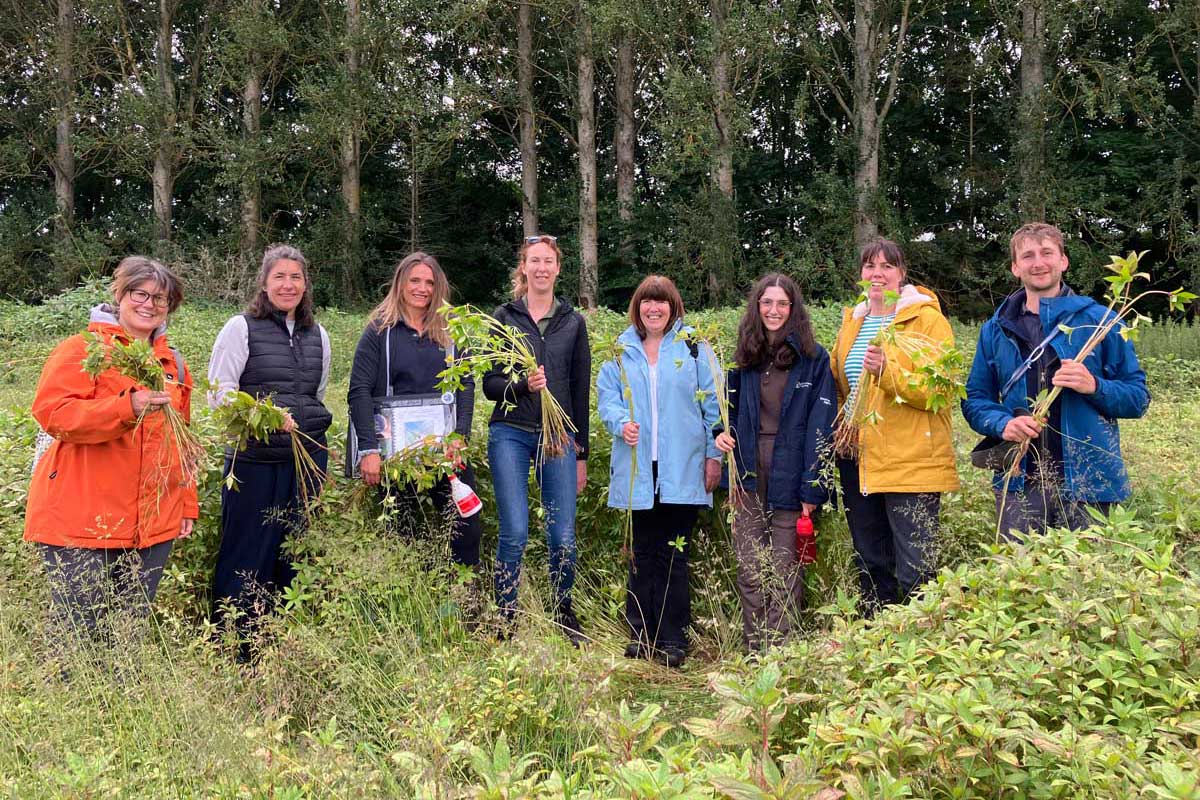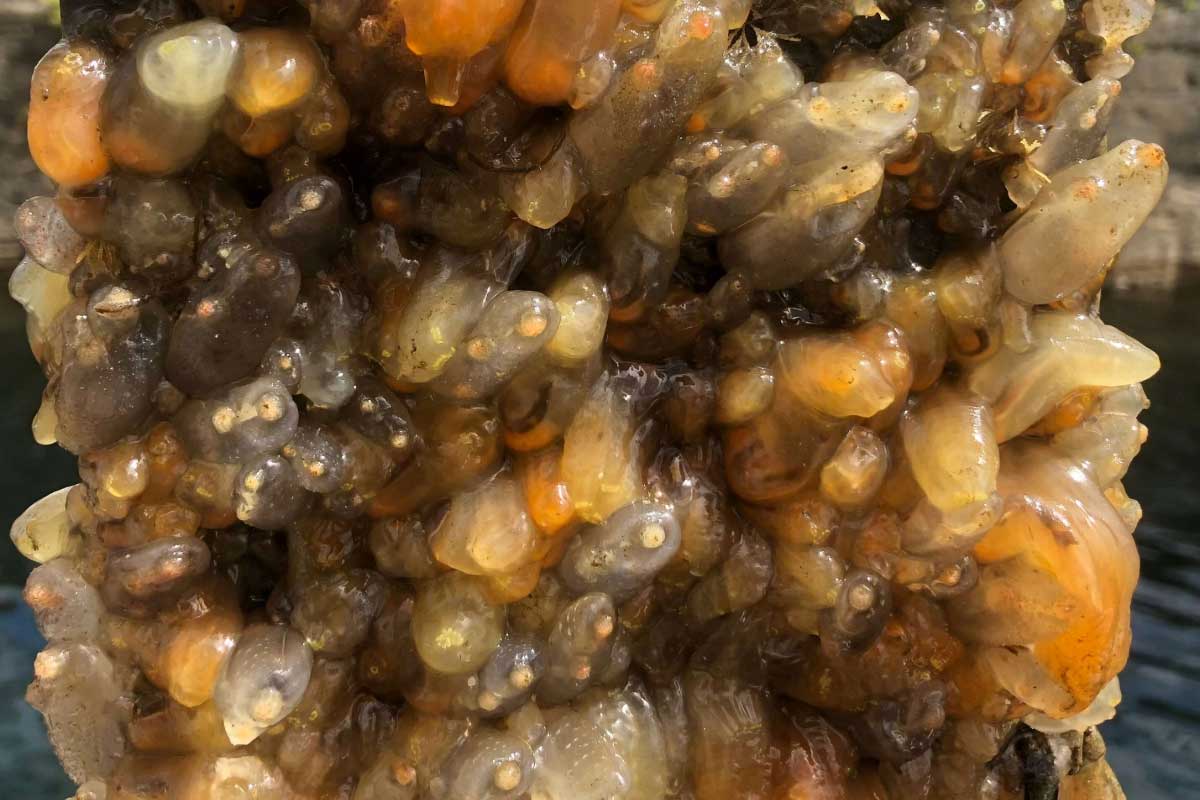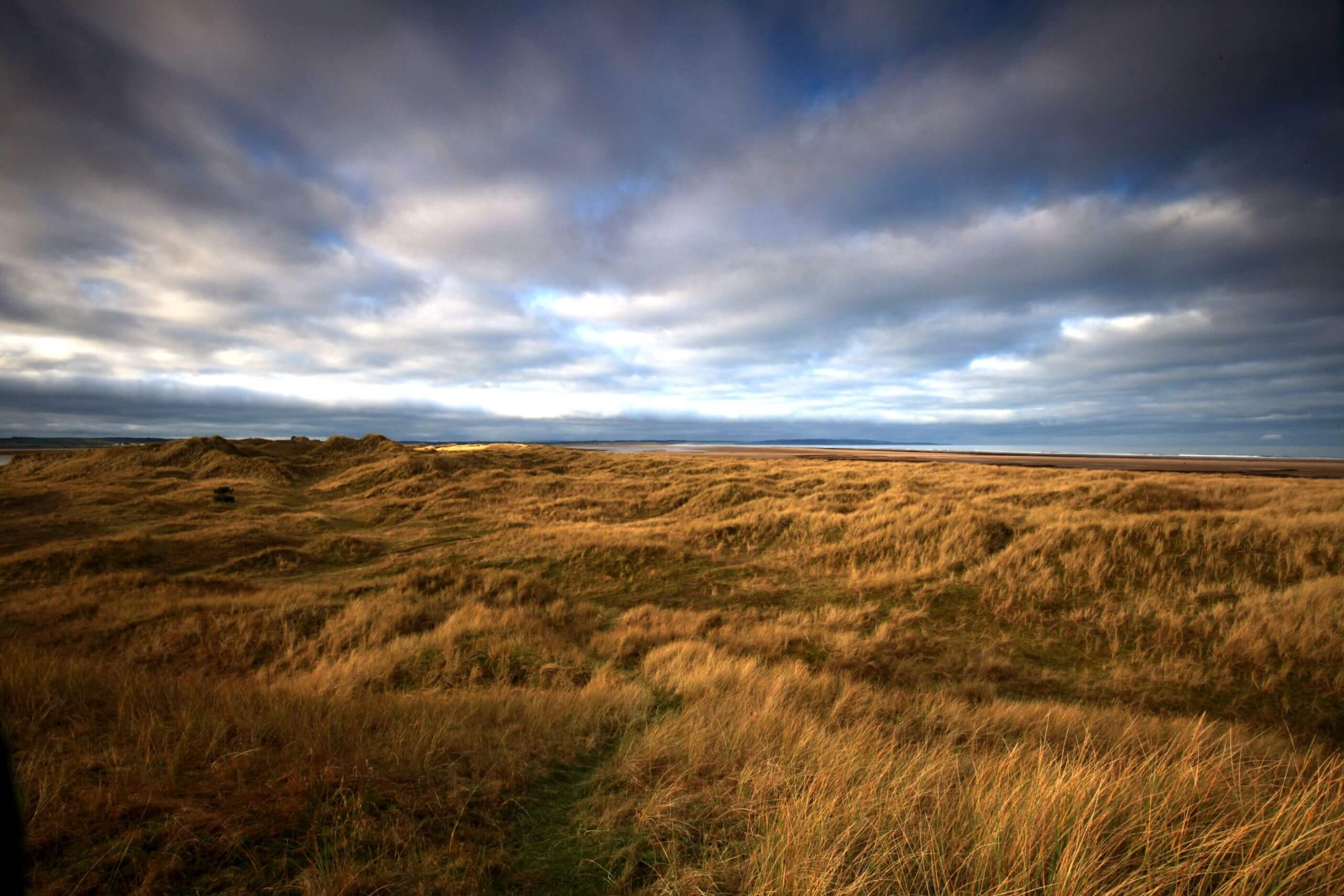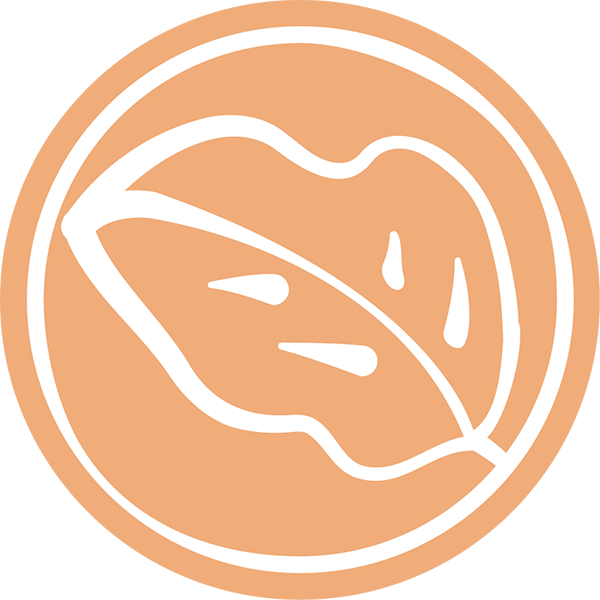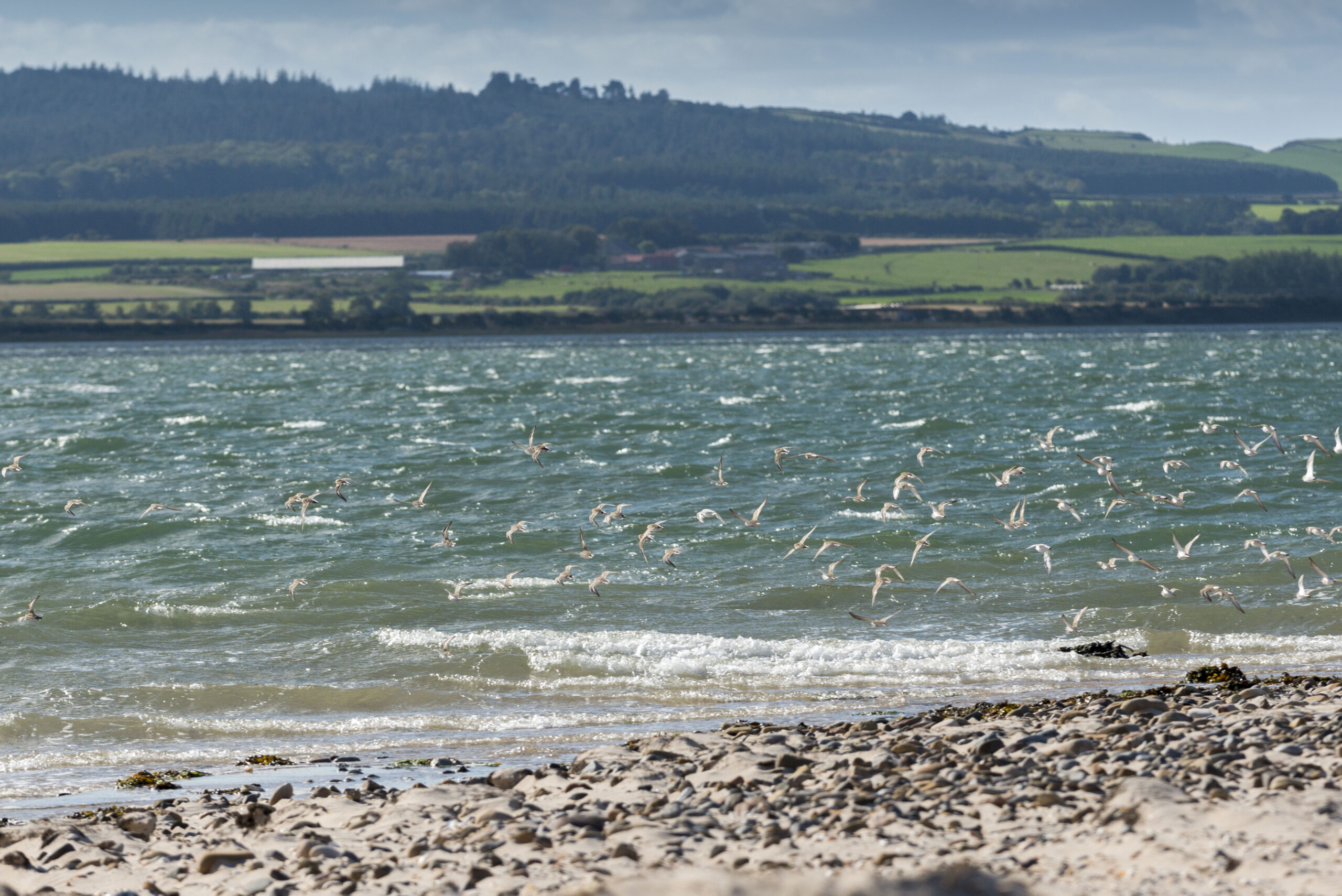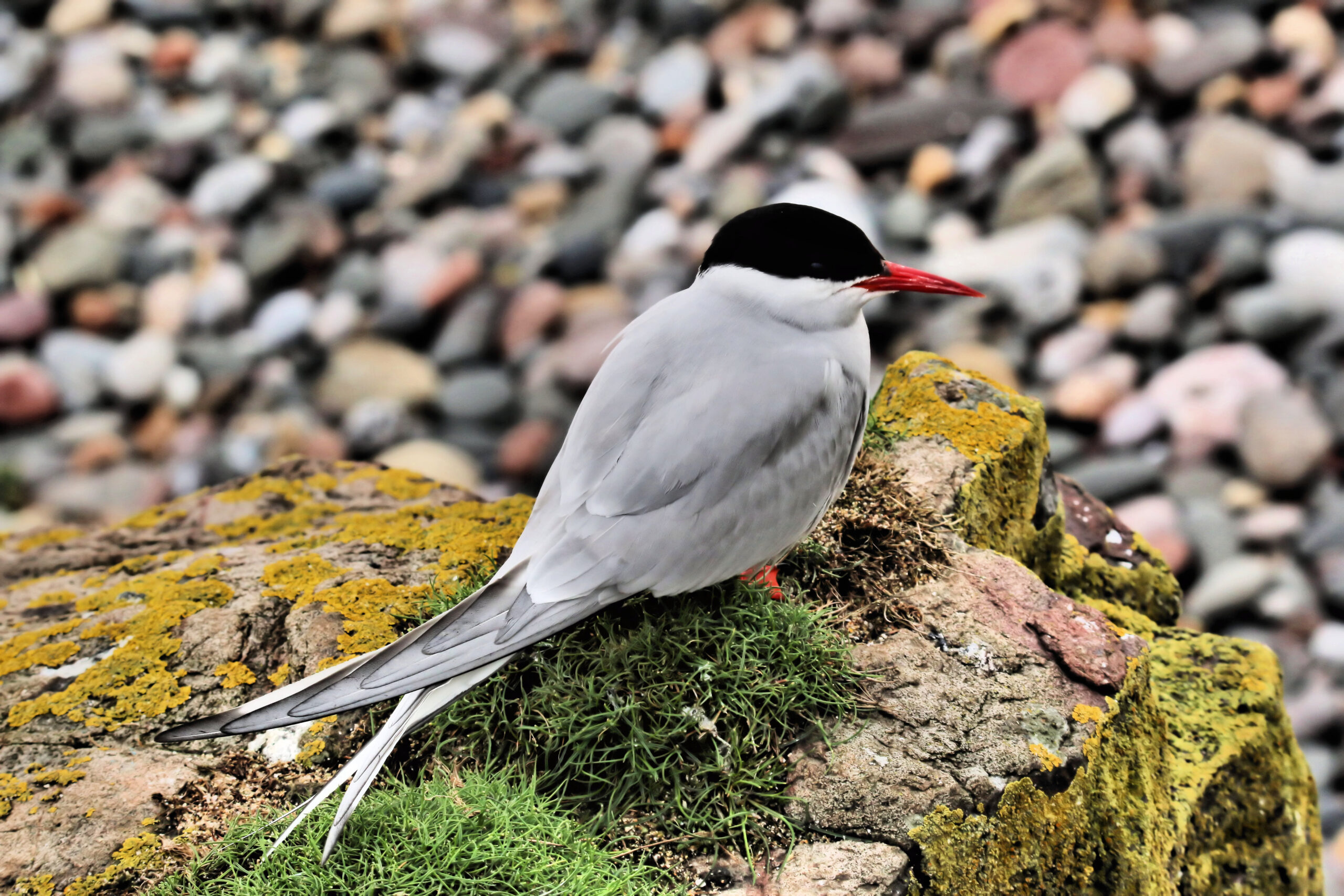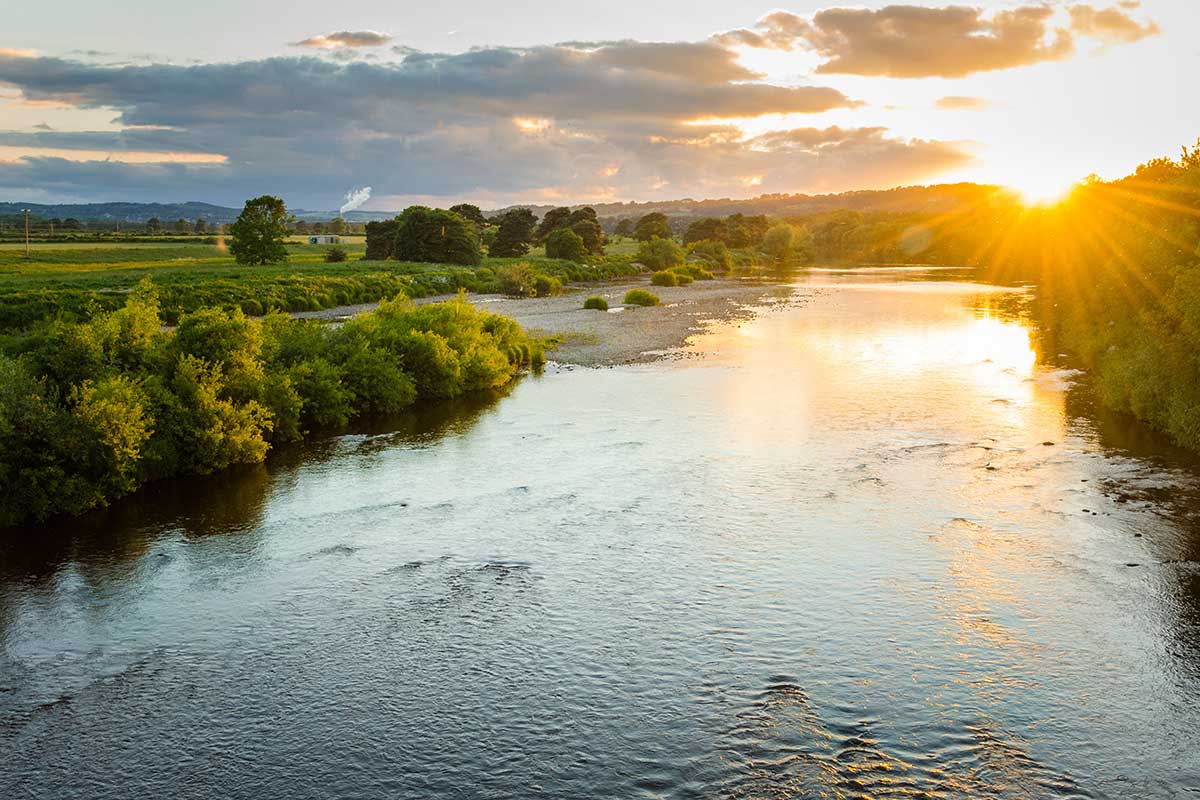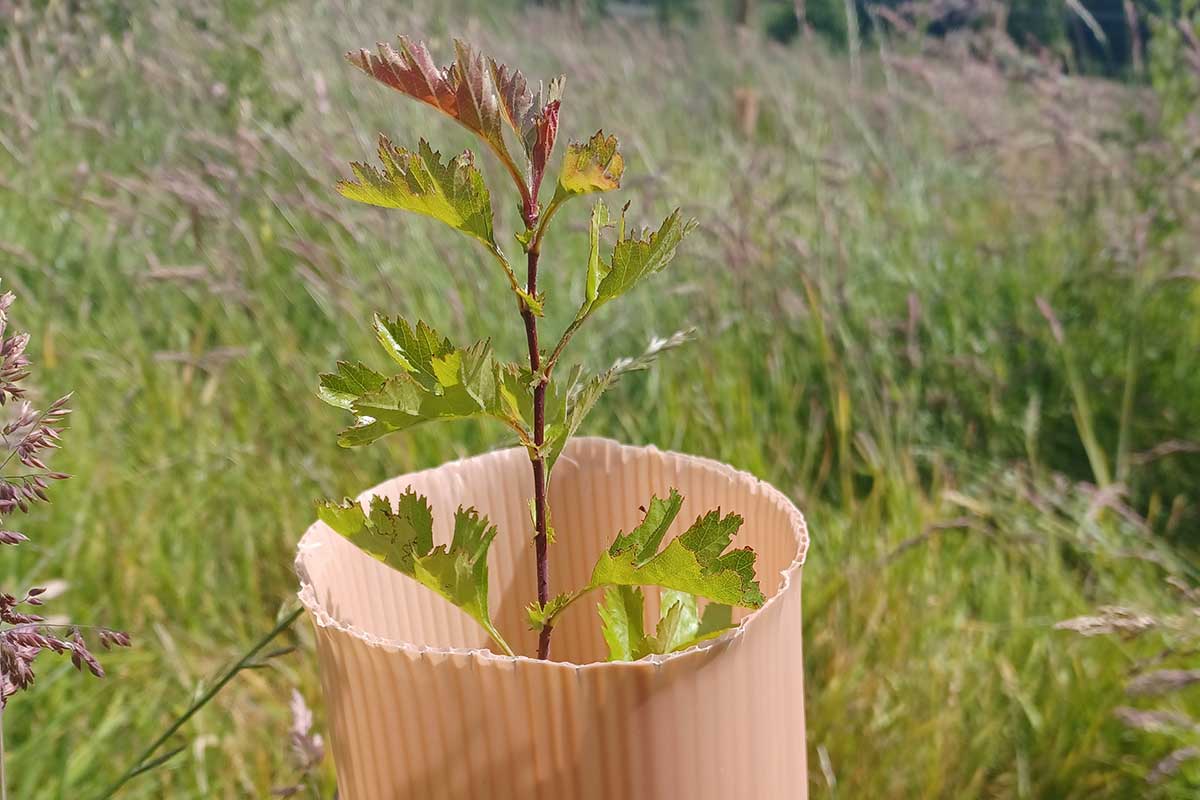Invasive non-native species (INNS) are organisms introduced to areas outside of their native range that have negative impacts. They are one of the biggest threats to global biodiversity, are considered a threat to human health and ecosystem stability and cost government agencies billions, yet they are chronically understudied globally. Over 2,000 non-native plants and animals have been introduced to Britain from all over the world by people. Most are harmless, but around 10-15% spread and become invasive non-native species which harm wildlife and the environment, are costly to the economy (£1.9 billion a year in Britain alone) and can even impact on our health and way of life.*
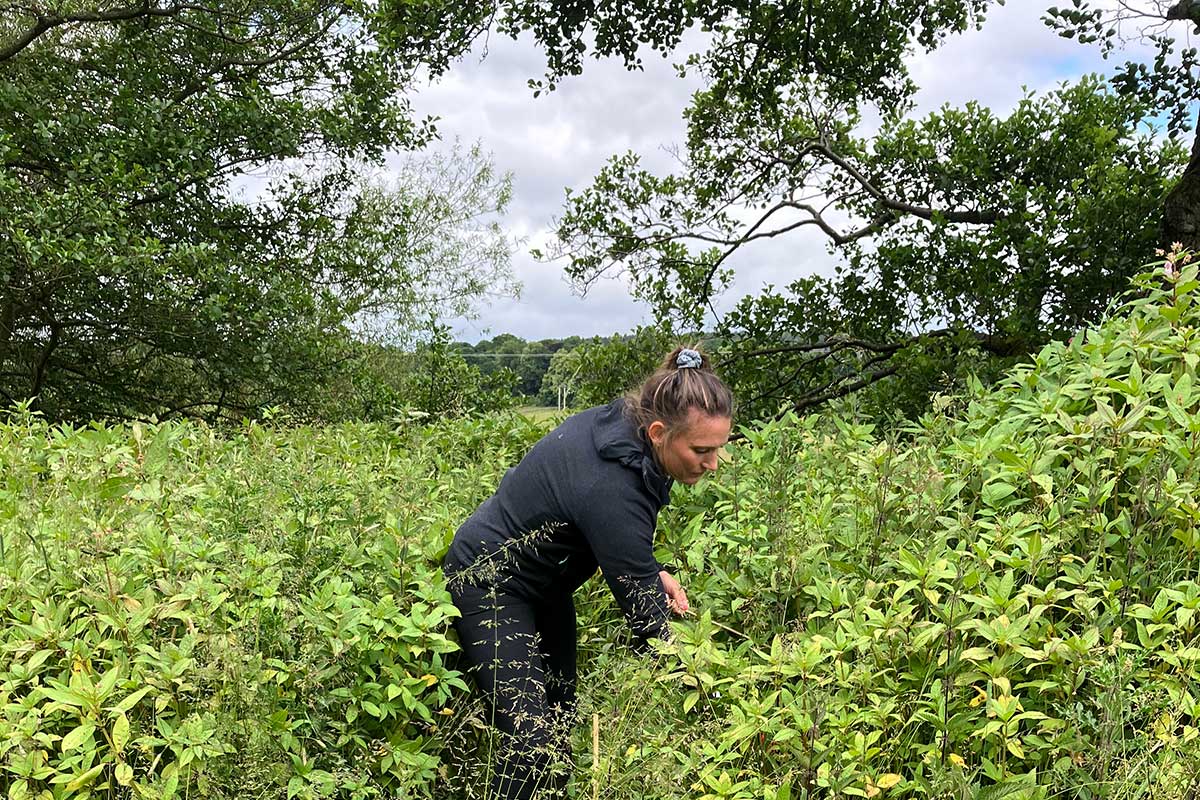
WADER is targeting invasive species across the riparian (riverbank), coastal and marine areas of Northumberland and the Tweed Estuary. We are exploring new and innovative non-chemical ways of removing and controlling new and existing INNS and protecting native species and sensitive habitats from their encroachment. Early detection is key, and we are also developing systems for the surveillance and control of INNS in freshwater, terrestrial and marine environments.
